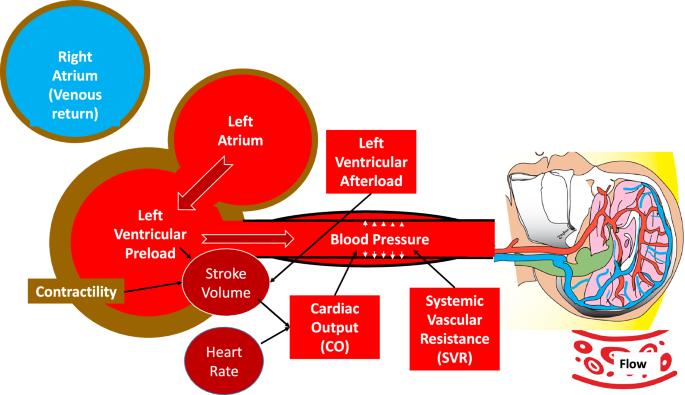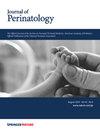新生儿生理引导血管活性治疗:重新思考多巴胺作为第一线。
IF 2.4
3区 医学
Q2 OBSTETRICS & GYNECOLOGY
引用次数: 0
摘要
在新生儿重症监护病房(NICUs),多巴胺已被广泛用作治疗低血压和循环支持的一线心血管药物。虽然其提高血压的有效性已得到证实,但其对肺血管阻力、心肌功能和整体血流动力学的潜在影响有待进一步研究。这篇综述探讨了多巴胺在新生儿血流动力学管理中的作用,并考虑了针对特定病理生理条件的替代血管活性药物。一种更加个性化的、基于生理的新生儿心血管支持方法可能有助于优化治疗策略。本文章由计算机程序翻译,如有差异,请以英文原文为准。

Physiology-guided vasoactive therapy in neonates: rethinking dopamine as first-line
Dopamine has been widely used as a first-line cardiovascular agent in neonatal intensive care units (NICUs) for the management of hypotension and circulatory support. While its effectiveness in increasing blood pressure is established, its potential effects on pulmonary vascular resistance, myocardial function, and overall hemodynamics require further consideration. This review explores the role of dopamine in neonatal hemodynamic management and considers alternative vasoactive agents tailored to specific pathophysiological conditions. A more individualized, physiology-based approach to cardiovascular support in neonates may help optimize treatment strategies.
求助全文
通过发布文献求助,成功后即可免费获取论文全文。
去求助
来源期刊

Journal of Perinatology
医学-妇产科学
CiteScore
5.40
自引率
6.90%
发文量
284
审稿时长
3-8 weeks
期刊介绍:
The Journal of Perinatology provides members of the perinatal/neonatal healthcare team with original information pertinent to improving maternal/fetal and neonatal care. We publish peer-reviewed clinical research articles, state-of-the art reviews, comments, quality improvement reports, and letters to the editor. Articles published in the Journal of Perinatology embrace the full scope of the specialty, including clinical, professional, political, administrative and educational aspects. The Journal also explores legal and ethical issues, neonatal technology and product development.
The Journal’s audience includes all those that participate in perinatal/neonatal care, including, but not limited to neonatologists, perinatologists, perinatal epidemiologists, pediatricians and pediatric subspecialists, surgeons, neonatal and perinatal nurses, respiratory therapists, pharmacists, social workers, dieticians, speech and hearing experts, other allied health professionals, as well as subspecialists who participate in patient care including radiologists, laboratory medicine and pathologists.
 求助内容:
求助内容: 应助结果提醒方式:
应助结果提醒方式:


